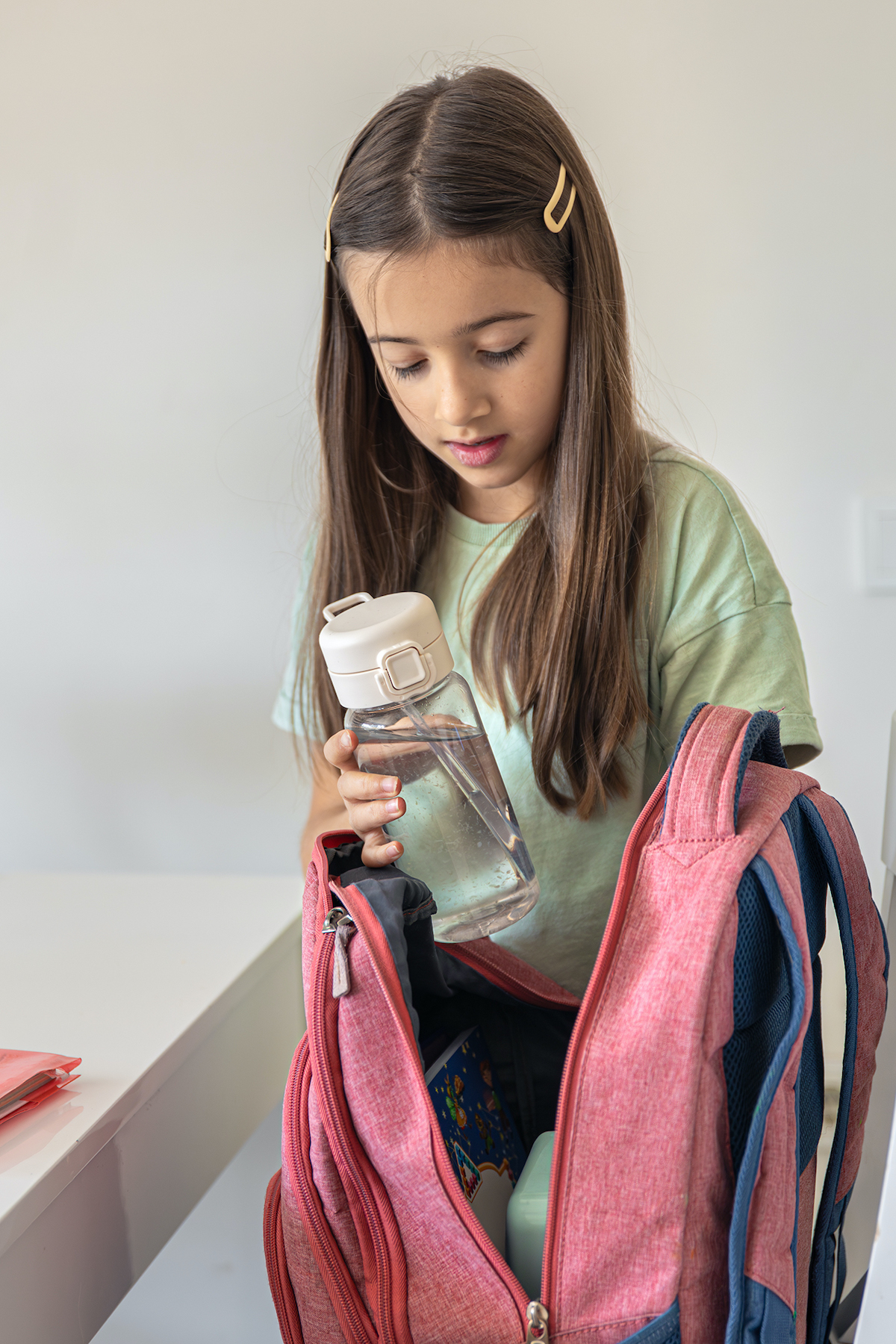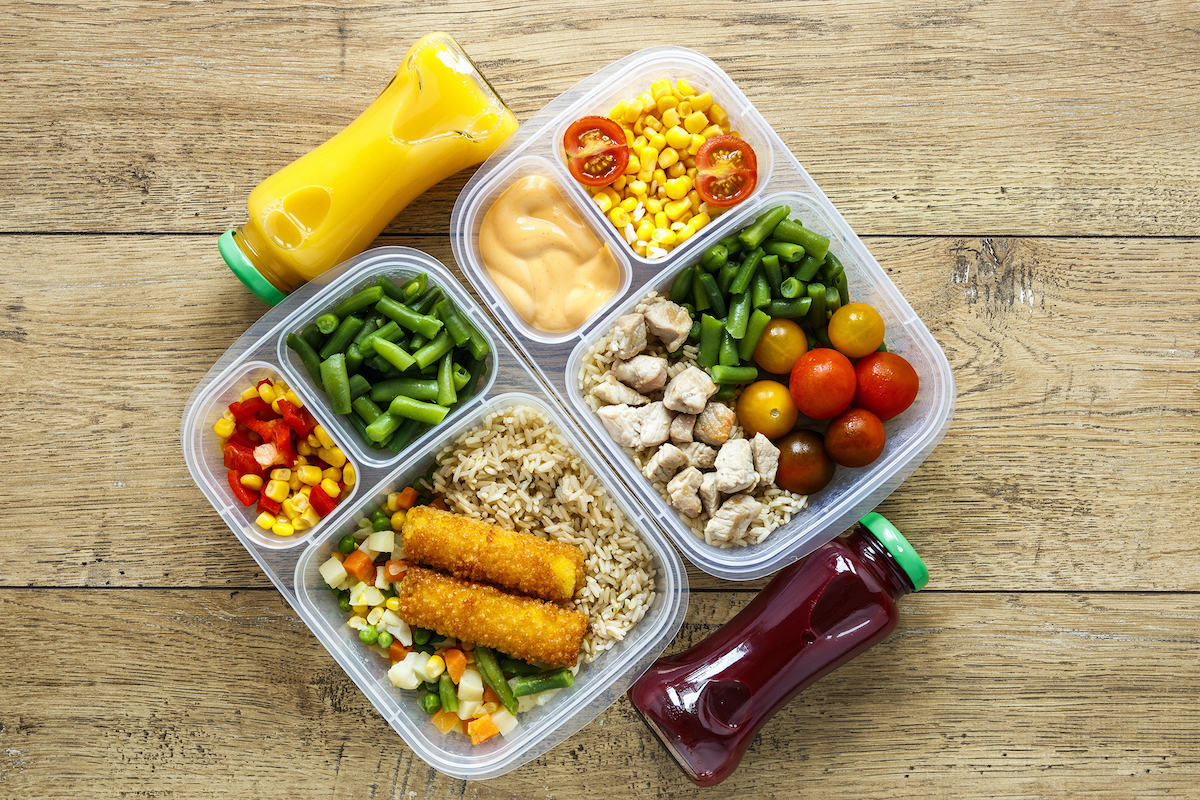Help your child manage their backpack load
Special to The Island News
Heavy backpacks can be a real pain in the neck.
For students who tote backpacks throughout the day, heavy loads including textbooks, gym shoes, school supplies, lunchboxes and binders can create back, neck and shoulder pain. And it’s not just backpacks — the same goes for purses, briefcases and luggage as well.
While National School Backpack Awareness Day isn’t until the middle of September, the start of school in Beaufort County and the surrounding areas is a good reminder to “pack it light, wear it right.”
Consider these school backpack stats:
- More than 79 million students in the United States carry school backpacks.
- From 2019 to 2021, an estimated annual average of 1,200 kids younger than 19 years old were treated in emergency rooms for backpack-related injuries, according to the U.S. Consumer Product Safety Commission.
- A backpack should weigh no more than 10 percent of a child’s body weight. When in doubt, set the full backpack on a bathroom scale or ask your physician’s office to weigh it.
There are a few things to consider when choosing a backpack, such as size. The bigger the backpack, the more room for supplies. Make sure that your child’s backpack fits their needs and is proportional to their height.
Consider backpacks with padded straps and backs (not one-shoulder sling bags that cause uneven distribution of weight). Waist belts or chest straps are also a feature to help with balance and even weight distribution, alleviating back and neck pain for students.
Backpacks shouldn’t weigh more than 15% of your child’s body weight. A child weighing 100 pounds shouldn’t have a backpack that weighs more than 15 pounds.
Now that you know the ABCs, let’s study the 123s of basic backpack safety.
- Pack it. Utilize different compartments and pockets to distribute weight, with lighter items in front.
- Adjust and carry. Always use both shoulder straps to prevent injury, and adjust the sternum strap and hip belt to improve balance. When fitted properly, the backpack should rest snugly against the back and fall slightly above the waist.
- Put it on. To prevent back injury, teach children (and grown-ups!) to pick up the backpack by bending and lifting at the knees instead of the waist.
- Smart storage. Encourage your child to clean out their backpack weekly and remove unnecessary items that may be adding to the weight. Store books and other supplies in school lockers if possible to reduce the load.
“If your child carries a full backpack every day, be sure to weigh it and adjust the load and fit appropriately,” says Josh Harless, occupational therapist at Beaufort Memorial HealthLink for Children. “Tingling in the arms and shoulders and a stooped or slanting posture are sure signs that the load is too heavy.”











